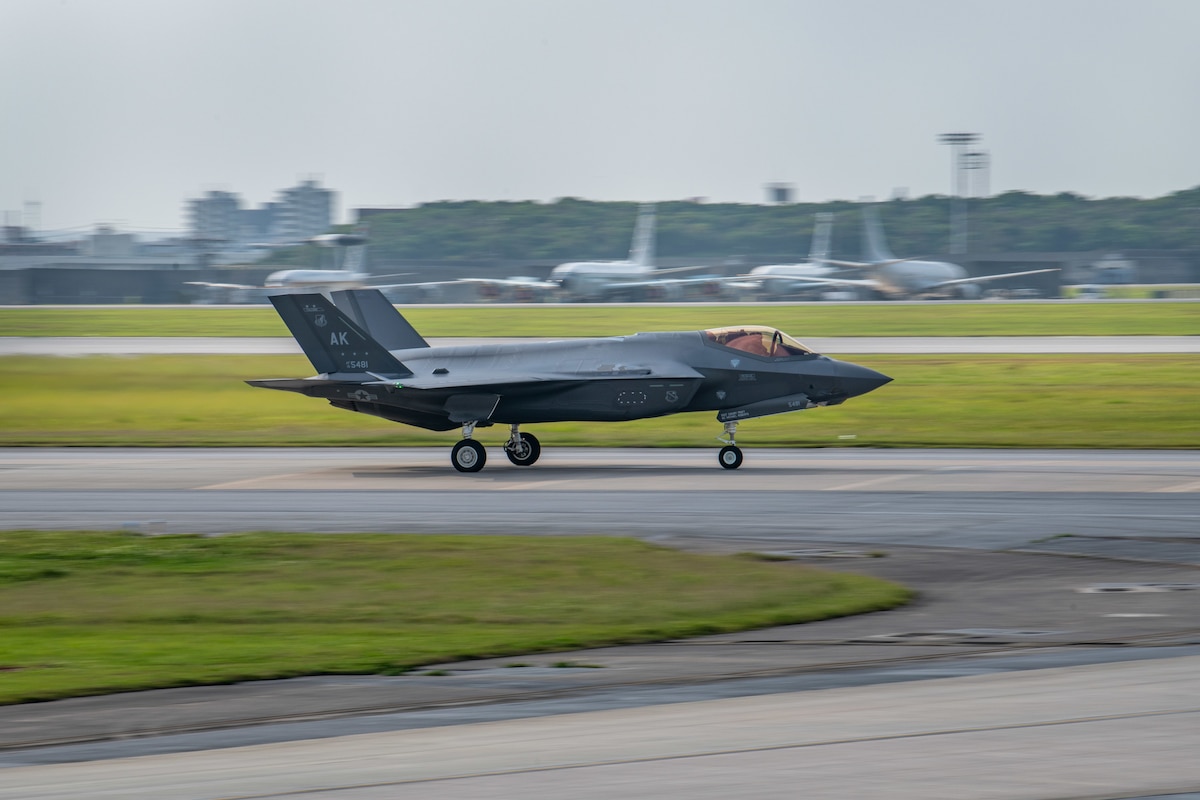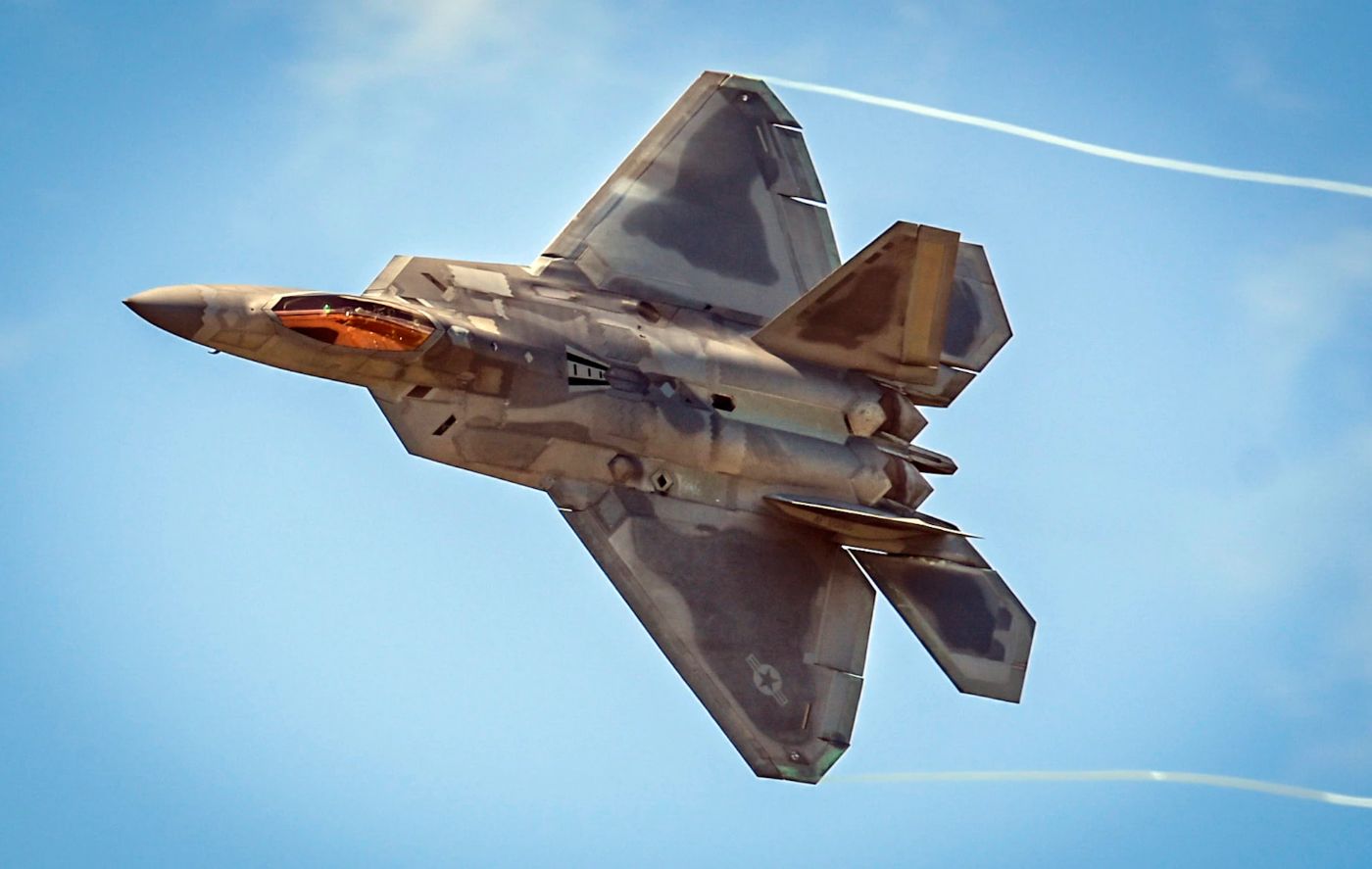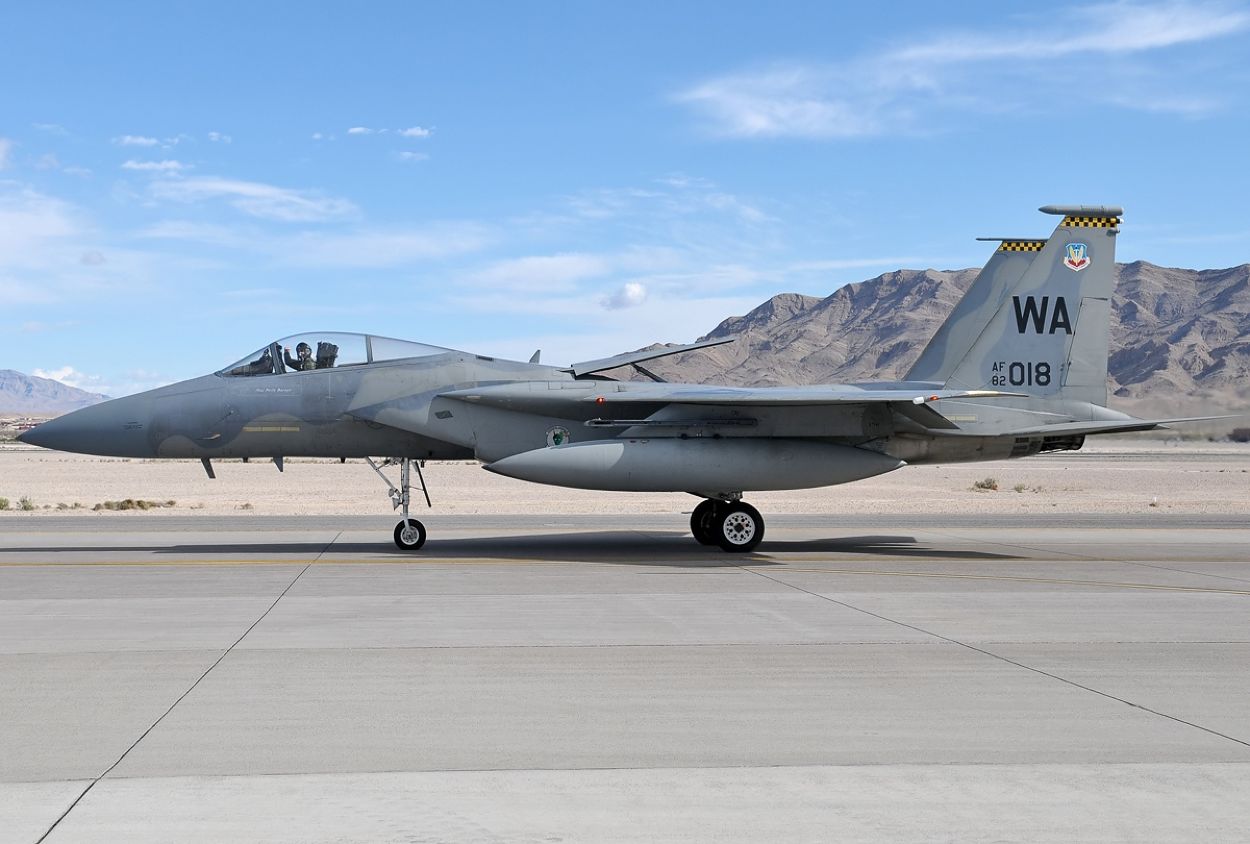On March 28, the US Air Force announced the arrival of advanced multi-role F-35A Lightning II fighter planes at Kadena Air Base. These cutting-edge aircraft are being deployed to replace the outdated F-15 Eagle fleet.
According to the statement from the service, the deployment of F-35s will guarantee a continuous fighter presence as the F-15C/D Eagles fleet of Kadena is gradually brought back to the United States.
The Lightning IIs will cooperate with other fighter units at Kadena Air Base while they are stationed in the Keystone of the Pacific to guarantee that the area’s steady-state fighter capabilities are maintained, the statement noted.
According to squadron commander Lt. Col. Michael Mickus, F-35s of the 355th Fighter Squadron at Eielson Air Force Base, Alaska, arrived on Tuesday for their first deployment since the squadron reached full operational readiness in February.
“Operating from Kadena offers the Falcon ops (unit call sign) and maintains an important opportunity to hone our skills and processes to execute efficiently and effectively in a sustained deployment environment while working alongside the joint force and our allies,” Mickus said.

Mickus added that the F-35 squadron would “rotate personnel and equipment” among many operating locations throughout the deployment to serve the Theater Joint Force Air Component Commander and the 18th Wing and prepare them for high-end combat.
In addition to enhancing operational preparedness to defend Japan, the diverse array of warplanes and joint and allied forces also helped to ensure a free and open Indo-Pacific through a strong presence of dynamic fighter aircraft.
The statement also stated that in the upcoming weeks, the fighters and Airmen deployed to Kadena Air Base will start to return to their respective home stations while new units will replace them.
As earlier mentioned, the 18th Wing is gradually bringing back Kadena’s Eagles fleet. During this process, the Department of Defense will ensure a consistent fighter presence in the area by temporarily deploying newer, more sophisticated aircraft to replace the F-15s as they move out.

USAF Deploys Its Advanced Aircraft In The Region
The DoD is focused on upgrading capabilities in the Indo-Pacific region. The shift to more advanced aircraft at Kadena showcases its ambition to strengthen the USA’s position and build a strong relationship with Japan.
The squadron is the most recent addition to a series of incoming fighter planes deployed to Kadena since November 2022, coming from as far as Germany.
They aim to replace two retiring squadrons of F-15 Eagles at Kadena, a critical fighter base close to Taiwan.
The US Air Force announced on October 28 that the aging F-15s would be replaced by rotating squadrons of the fifth-generation fighters, including F-22 Raptor stealth jets.
The Air Force has announced that 48 Eagle fighters will be phased out over two years. In November 2022, roughly twelve Raptors arrived at Kadena from Joint Base Elmendorf-Richardson in Alaska.

The 18th Wing did not disclose the number of F-35s from Alaska. However, according to reports, 12 Lightning II aircraft touched down at the base. A choice about permanent replacements for the F-15s has not yet been made.
Lt. Robert Dabbs, the 18th Wing spokesman, told the Stripes that “As we progress through this transitory phase, the Department of Defense will continue to maintain a steady-state fighter presence in the region by temporarily deploying newer and more advanced aircraft to backfill the F-15s as they return to the United States.”
Dabbs noted that the next set of F-15s will leave Kadena in the coming months. He added that the jets would leave once “sufficient” forces were in place to ensure no gap in steady-state fighter presence.
The US Navy has taken a similar approach, withdrawing outdated defense equipment from Japan and replacing it with more powerful, modern weapons.
The latest development of F-35s happened a few weeks after the guided-missile destroyer USS Barry left Yokosuka, Japan, and the destroyer USS Shoup took charge of its responsibilities.
The security environment in the Indo-Pacific area requires the US Air Force to deploy its most capable equipment there. The USAF’s deadliest aircraft are deployed in this posture, allowing the force to react swiftly and with the finest striking power and operational capabilities.
- Contact the author at ashishmichel(at)gmail.com
- Follow EurAsian Times on Google News




